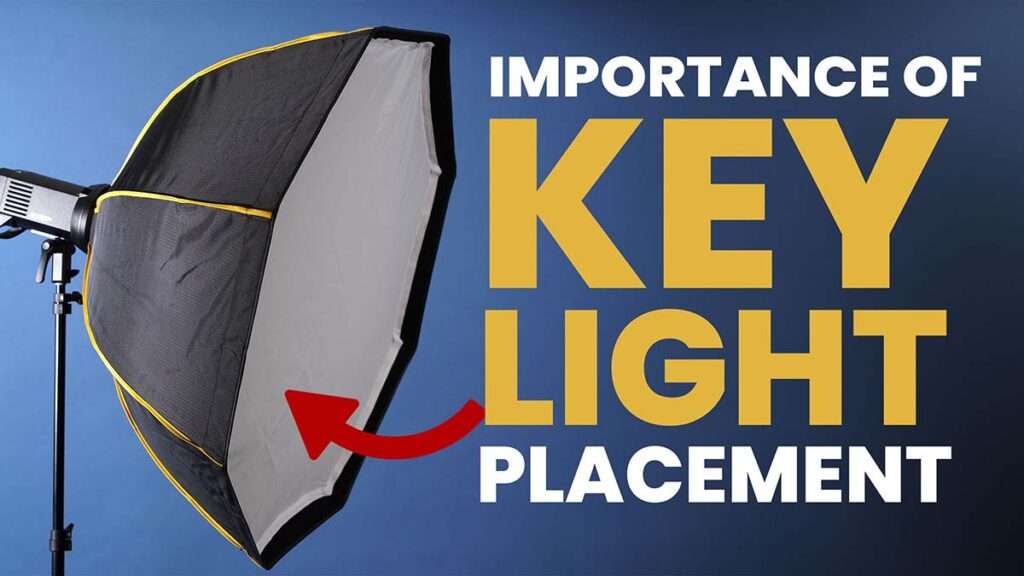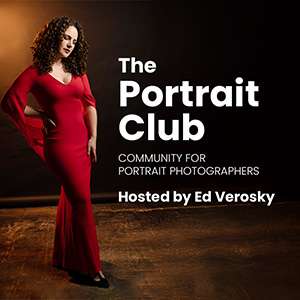One of the most important decisions you’ll make when lighting a portrait is where you place your key light.
Even if you’re only using one light, that key light is doing a lot of the heavy lifting. It’s shaping your subject’s features, setting the mood of the image, and even affecting how the background looks.
And if you’re trying to get more consistent results—whether you’re shooting in a studio or outdoors, that key light placement matters a lot.
I just uploaded a video that goes into this in more detail, but here’s a quick breakdown of what’s covered:
- Your key light defines the face—its angle controls shadows and helps emphasize (or soften) facial features.
- It sets the mood—harder angles and higher contrast can create drama, while frontward, softer light feels more natural or friendly.
- It adds control outdoors—when natural light is too flat or too harsh, your key light can bring just the right amount of fill or pop.
- And maybe best of all—it brings consistency, even when your location or light changes from shoot to shoot.
If you’ve been struggling with lighting, or just want a simple, repeatable way to get more polished portraits, this is one of the foundational things to learn.
And if you’re ready to take the next step, I’ve put together a complete course that’ll walk you through flash portraiture—step by step.
It’s designed to help you confidently set up and use off-camera flash, even if you’re just getting started. Simple to follow lessons and packed with real-world techniques.
You can check that out here:
👉 Flash Photography for Portraits
Loved this tip? Here's something else you might like:
👉 Free 10-Min. Guide to Off-Camera Flash


